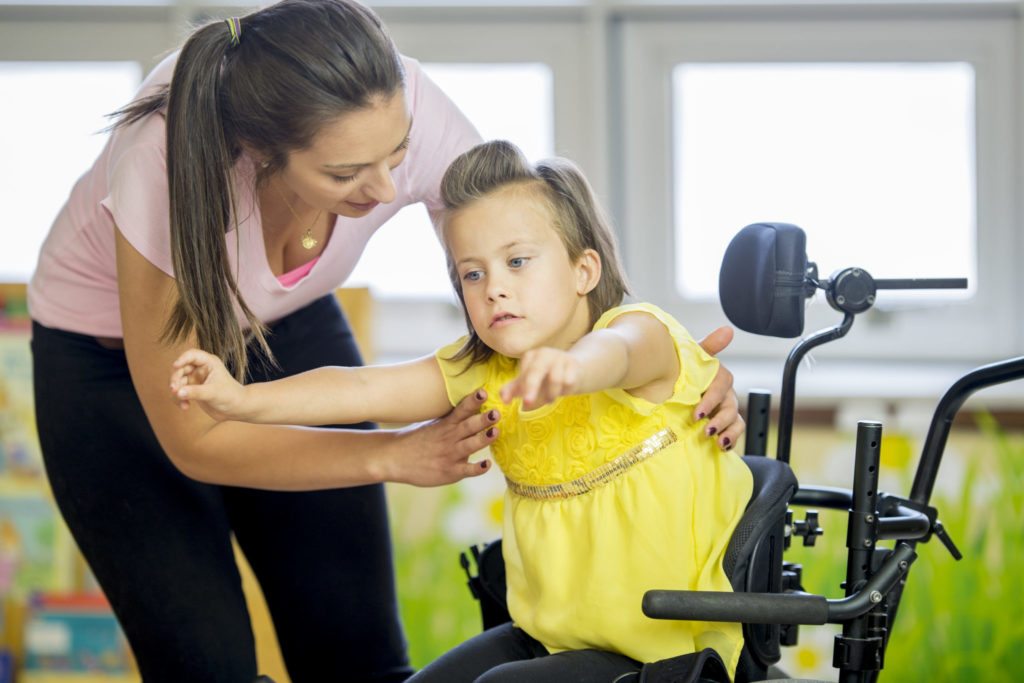Mobility devices are some of the most commonly used assistive technologies, with a wide variety of options available to suit different individuals’ needs. While wheelchairs and powerchairs are generally the items most individuals think of in regards to mobility aids, there is a diverse array of other options for those who need them:
- Walkers
- Canes
- Crutches and elbow crutches
- Braces
- Electric scooters
- Electric wheelchairs
- Stair lifts
- Lift chairs
- Lift vans
- Rollators
- Segways
- Zimmer frames
- Gait trainers
- Self-balancing vehicles
 These mobility aids can help individuals walk, or, for individuals who cannot walk, to assist them in moving through their environment in other ways.
These mobility aids can help individuals walk, or, for individuals who cannot walk, to assist them in moving through their environment in other ways.
New technologies have enabled individuals with mobility limitations to be able to move through environments more easily, including individuals with paraplegia, through the use of supportive exoskeletons and motorized personal braces, rehabilitative systems, implanted device control systems. While such systems are still highly experimental and often extremely expensive, as these technologies mature, they will hopefully become more attainable by the populations that require them most.
Learn More About Mobility Devices:
- Find An AT Program
- ADA Guidelines on Mobility Devices
- Guide: Choosing a Mobility Device
- Low-Tech Communication Aids
- [Research] Recent Trends in Assistive Technology for Mobility
- Types of Assistive Devices
- Assistive Technologies for Learning Disabilities
- Technological ATs for Learning
- Free and/or Low-Cost Assistive Technologies
- Association of Assistive Technology Act Programs: Helpful Links
- Center for Accessible Technology
- Governmental AT Technologies
- Accessible Computing Tools
- USA Techguide: Mobility Equipment Reviews

